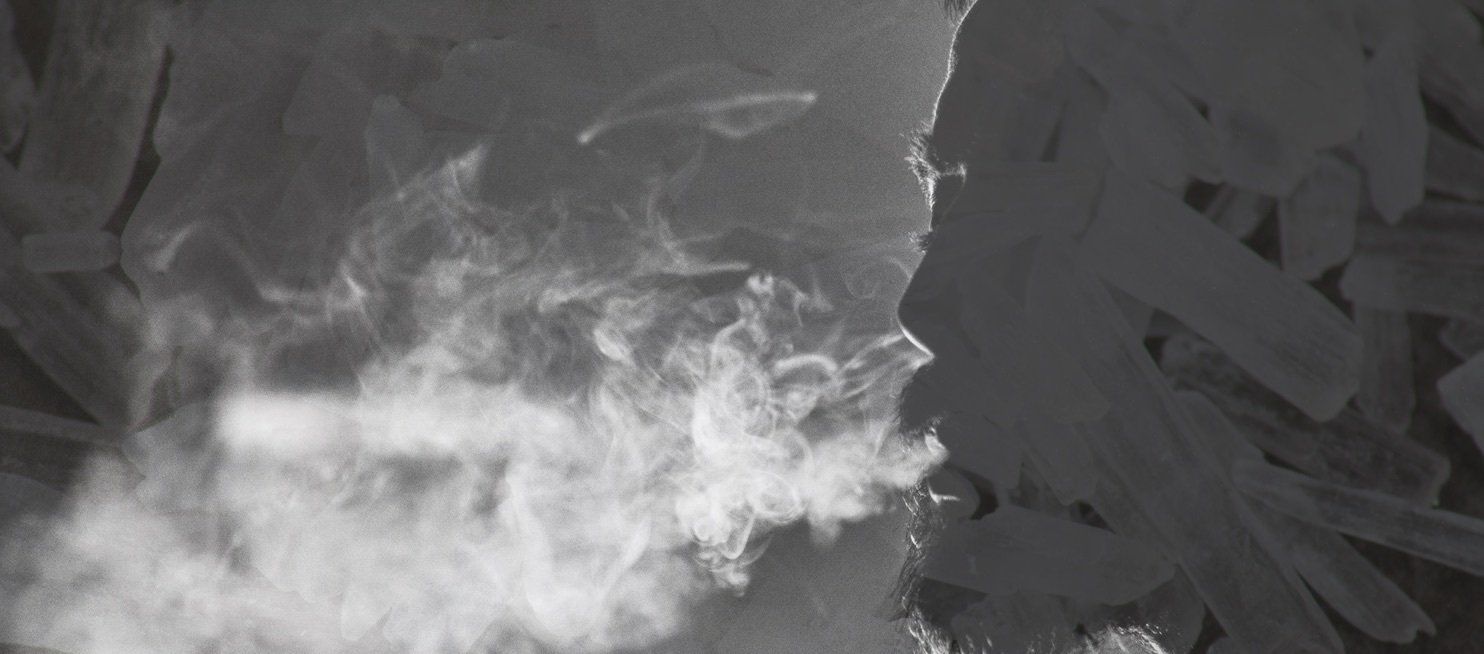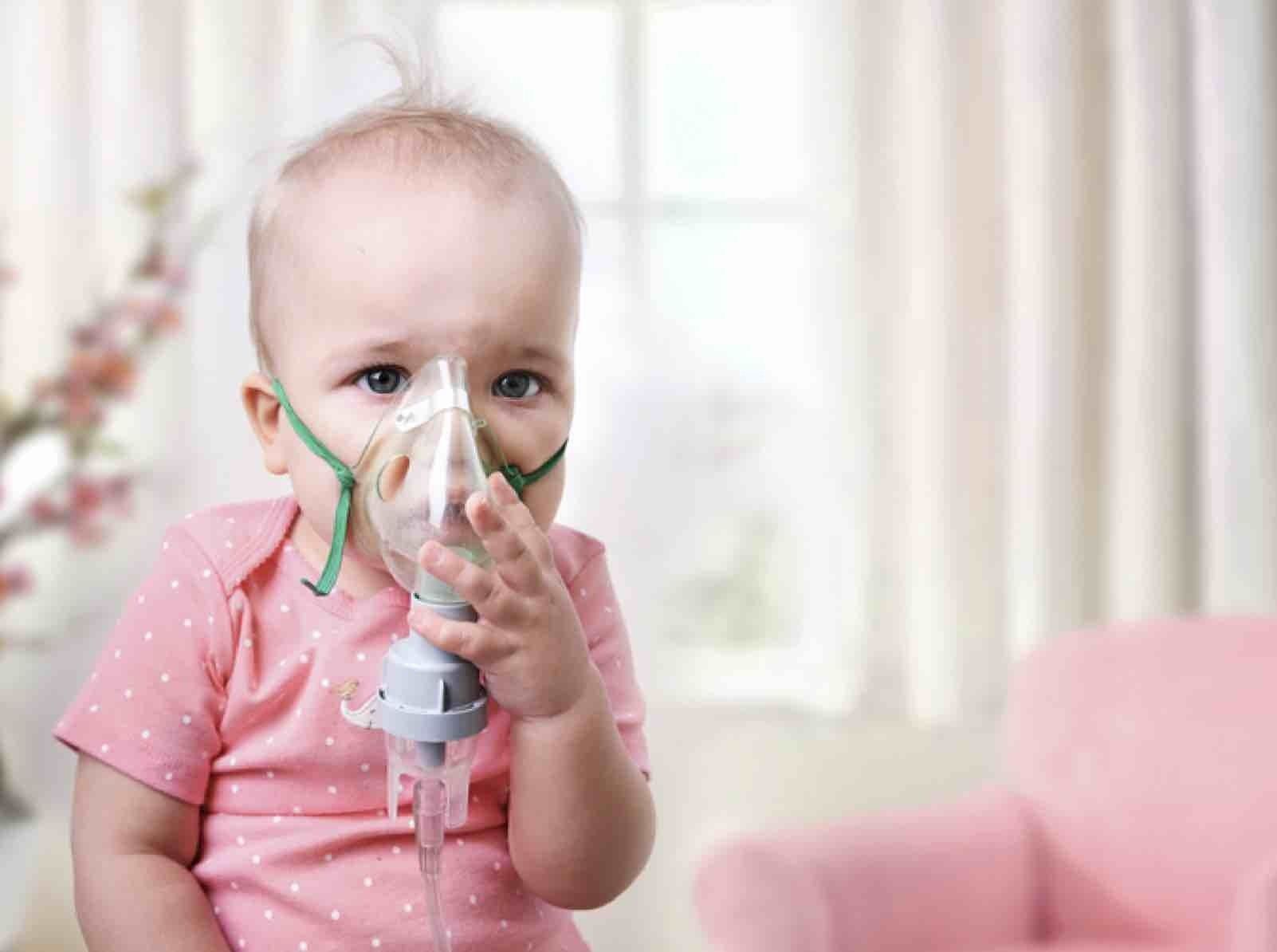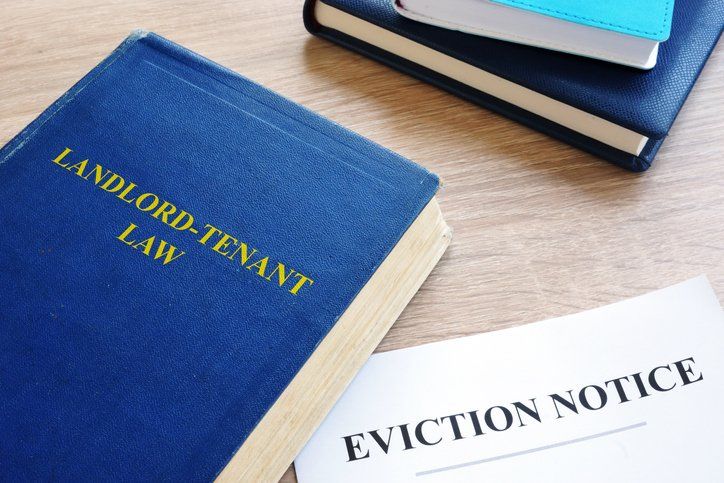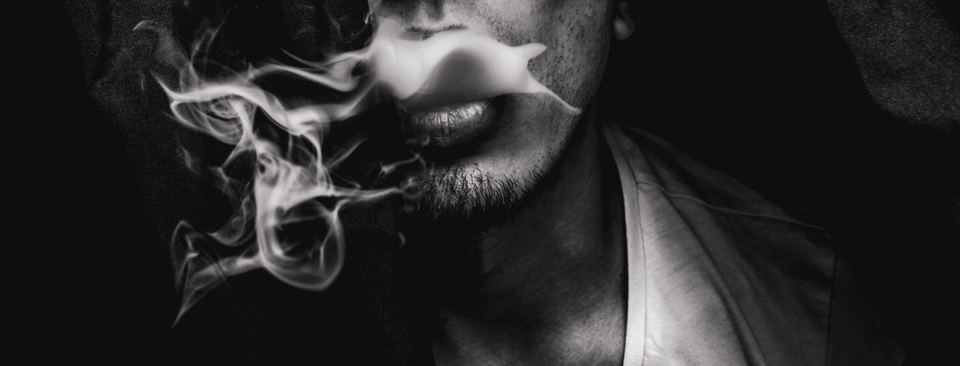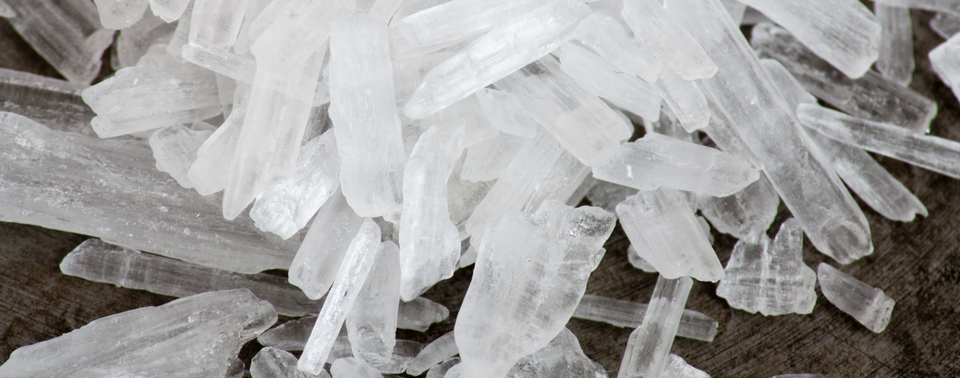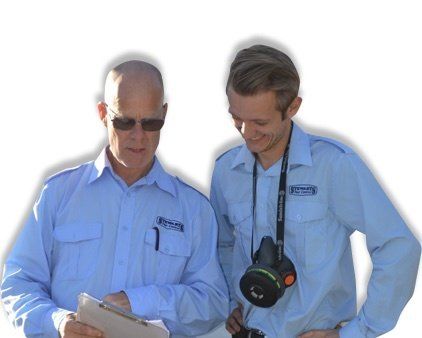Australian Code of Practice
Our Addiction to Meth and Its Contamination.
Meth—why are we so addicted to it?
Methamphetamine is an extremely powerful and addictive human-made illegal drug that stimulates the central nervous system. It is considered the most addictive drug. Around 2% of Australians use methamphetamine , and we are amongst the highest users in the English-speaking world. The drug comes in two primary forms, crystal (ice) and powder (speed), half of Australian users preferring ice over speed or base. The colour of these crystals and powders may differ depending on the purity of the drug and the way it was manufactured. When the drug is consumed, it causes a chemical reaction in the brain. Specifically, the brain starts to release a high amount of dopamine.
The reason is that the shape, size, and chemical structure of methamphetamine and dopamine are similar. For example, when something pleasurable happens, the certain axons release lots of dopamine. When an individual takes crystal meth, the brain does the same thing, but it increases dopamine release and blocks dopamine re-uptake — increases transmission by 1,500%! This causes a feeling of ultimate bliss, happiness and a sense of invulnerability that lasts anywhere from 8 to 12 hours. However, it is also followed by the "crash" that results in unpleasant feelings, such as paranoia, aggression and anxiety. When a user is not taking the drug, everyday life no longer gives them any sense of pleasure. This is what causes the vicious cycle and addictive habits, as they try to achieve that same level of happiness and pleasure when the drug is in their system. When you think of an individual using meth, your most commonly think of a full-scale addict; however, in reality, an extensive percentage of meth users are using the drug in "society" at large. Social users do not use regularly, or in large quantities; around 10-15% of meth users hold a stable job and live a relatively "normal" life. Sadly, this habit and addiction affects many other people, apart from the users themselves and their families. Meth is contaminating homes across Australia and, in turn, it is causing extreme health effects, not only for adults, but also for young children and pets.
How does Meth Contaminate a Building?
When meth is smoked, the crystals are heated and change form. Those tiny particles that become airborne and that do not make it into the user's system, will land on the walls, floors, ceilings and any soft furnishings. Once the smoke hits these surfaces, the drug embeds itself into the surface and eventually changes back to its original form, tiny crystals. When manufacturing, it’s the same principle, but worse. When manufacturing takes place, you deal with toxic chemicals like mercury, lead, iodine, lithium, and toxic solvents that could spill and become airborne through the cooking process. This is how a home becomes contaminated.
While other drugs are usually plant-based, meth is cooked up using these synthetic human-made materials. Just like our human-made friend, plastic, meth will break down eventually, but in the meantime, it affects the health of humans and animals coming in contact with it. The effects we are seeing include a persistent cough, asthma-like symptoms, trouble sleeping, ADHD, decreased memory function, skin rashes, watery eyes, dizziness, and blurry vision —the list continues as more research continues. While contamination is repeatedly effecting people of all ages who live in these homes, young children and pets are the ones most affected. This is because they come in contact with floors and walls though playing and bare skin contact more regularly than adults.
Innocent renters and home buyers are paying their way into sickness as these homes go undetected. It is recommended that methamphetamine rescue testing be carried out to protect yourself and your family from these health risks before you move into a rental house or purchase a property.
To find more information, check out the Stewarts Drug Testing blog. Here, you can find more information concerning health implications caused by living in a meth-contaminated home, along with the Australian Guidelines, how testing is carried out, and what you should do to protect your health and your family’s health.
Copyright © 2019 Monique Stewart.
KEY SOURCES:
enHealth Guidance on: Clandestine Drug Laboratories and Public Health Risks (January 2017) https://www.health.gov.au/internet/main/publishing.nsf/Content/A12B57E41EC9F326CA257BF0001F9E7D/$File/Guidance-Clandestine-Drug-Laboratories-Public-Health.pdf
NSW Remediation Guidelines for Clandestine Drug Laboratories and Hydroponic Drug Plantation A Report to Health Protection NSW Prepared by Jackie Wright (September 2015) https://www.health.nsw.gov.au/environment/hazard/Documents/clan-lab-guidelines.pdf
NIDA National Institute on Drug Abuse (updated April 2019) https://www.drugabuse.gov/publications/research-reports/methamphetamine/how-methamphetamine-different-other-stimulants-such-cocaine
International Child and Youth Care Network (CYC-Net) - Steven J. Lee, M.D.- Crystal Methamphetamine (APRIL 2006) https://www.cyc-net.org/cyc-online/cycol-0406-lee.html
